
The Godfather – A great movie but what did it portend?
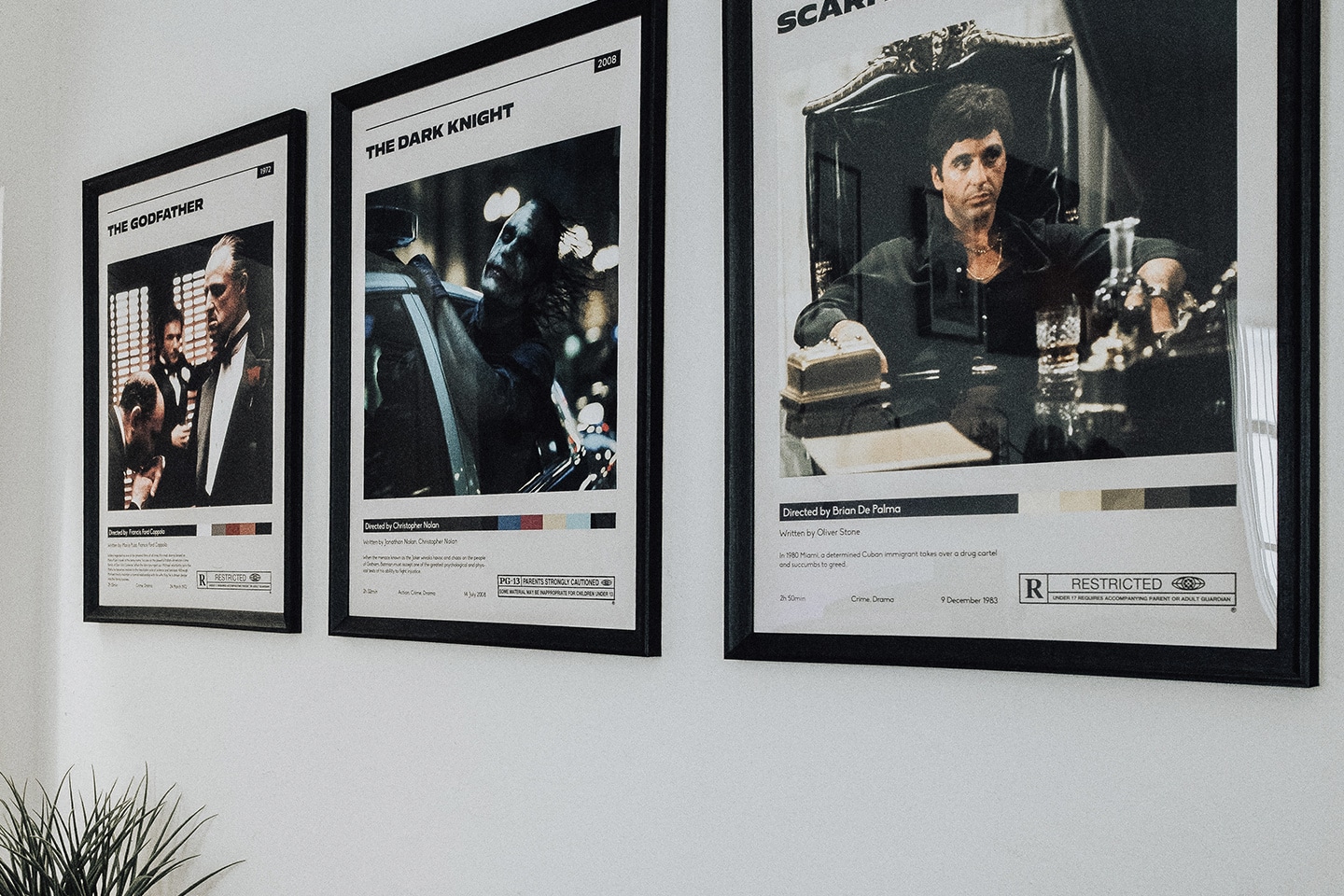
Yet lists do have their place. We all enjoy ranking our favorite movies, for example, and with over 100 years of moviemaking to draw upon there is a lot to discuss about what we like and why. And since there, fortunately, are no right or wrong answers—the discussion can go on forever.
Most in the Anglophone world have seen such classics as The Third Man, Citizen Kane, Trading Places, Hitchcock thrillers like Rear Window, and countless others. Now, with modern streaming via Netflix, Amazon, and Apple, we enjoy an embarrassment of viewing riches—drama, Film Noir, action, comedy, etc. are ours 24/7.
Yet even acknowledging that each viewer has his/her personal preference, it’s not hard to argue that one of the greatest American movies ever made was The Godfather…actually parts I and II of the trilogy. They were stunning in their narrative, cinematography, and acting. Now, in 2022 as we celebrate the 50th anniversary of the premier of the first in the series, it is worth a review of the high points of director Francis Ford Coppola’s masterpiece.
The Book
After having extensively researched organized crime, the author Mario Puzo wanted to write a story about what he had learned. When he published The Godfather in 1969 it immediately shot onto the New York Times Bestseller list where it remained for over a year. In two years, it had sold over two million copies—a home run by anyone’s definition.
While there had always been a long and respected tradition of crime stories in both Europe and the United States (think George Simenon’s Maigret series or Dashiell Hammett’s detective Sam Spade), Puzo crafted his story in the style of a Shakespearian tragedy—one that centered around the tight, nearly unbreakable bonds within a family—except that in this case the family was both biological and criminal. A family centered around Vito Corleone and his three sons Salvatore (“Sonny”), Fredo, and Michael.
The patriarch, Vito, had emigrated from Sicily as a boy in the early 1900s and over time established himself as one of the most powerful of the New York crime bosses or “dons” to use the parlance of the underworld.
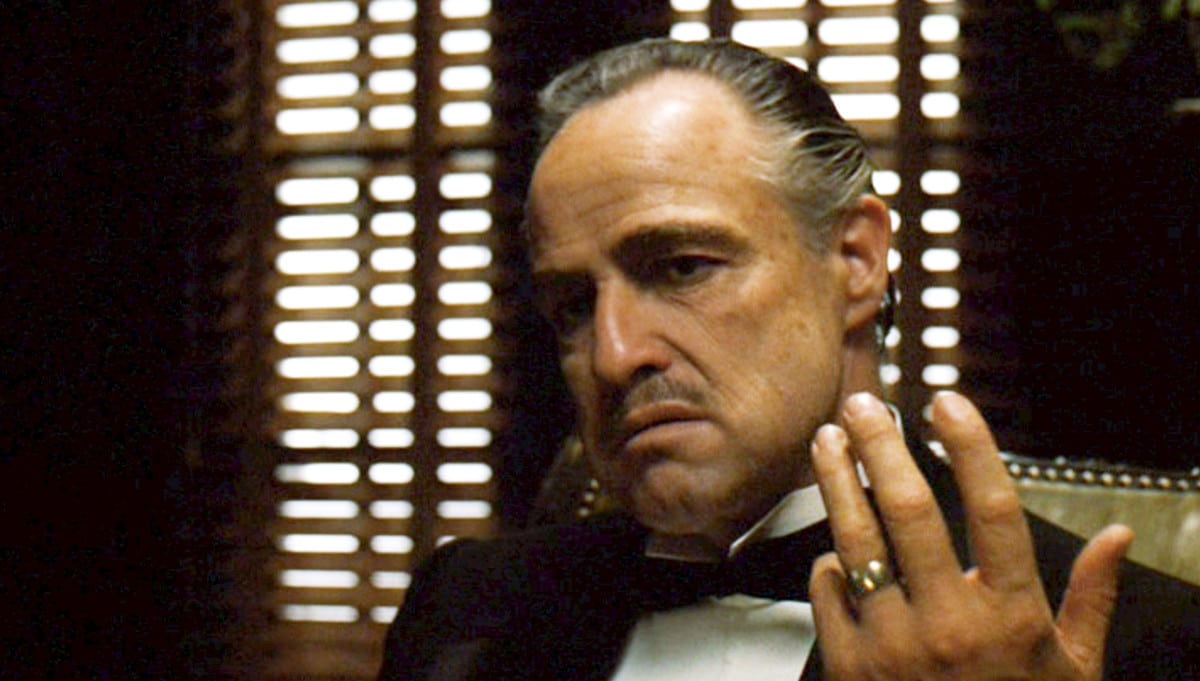
Marlon Brando
as the famous Vito Corleone
While Puzo’s figure of Viti “Don” Corleone is fictional, he drew from the reality of the Five Families of crime in New York City (In the 1940s and 50s these were the Maranzano, Profaci, Mangana, Luciano, and Gagliano families and today are the Bonanno, Colombo, Gambino, Genovese, and Lucchese families). These groups are headed by a capo di tuti (boss of bosses) and organized into elements led by under-bosses or capos. Operating within this structure, these families controlled the gambling rackets, loan sharking, prostitution, narcotics, extortion and other illegal activities. Far from the glamour of Hollywood and television, these were, and very much still are, serious criminals who ruthlessly protect their areas of control.
Yet the book and the film do not concentrate directly on the crimes of the street, but instead deeply explore the character of Don Vito Corleone and his three sons—particularly of the youngest, Michael, as he transitions from an idealistic WW2 hero to the leader of the family.
Until the late 1960s there were few films that probed this deeply into character development. A figure was portrayed, almost from the go, as either a good guy or bad guy and this was then followed by two hours of drama, action, or romance—all of which could be pretty thin gruel with little, if any, exploration of the gray areas that make up a real life. This, of course, is not to say that there were not great films prior to The Godfather, but few so closely tracked the absolute depths of a character’s moral struggles, transformation, and his ultimate failure. Instead, they concentrated on how the character simply reacted to events.
So expertly did Coppola weave the narrative that I am confident that great writers such as Shakespeare and Dostoyevsky would immediately grasp the arc of the story—and why not? For their stock in trade were the eternal human elements of honor, ambition, power, and ultimately the loss of one’s soul and one’s family.
The Acting
When Francis Ford Coppola was enlisted to direct The Godfather by Paramount Pictures, he had to fight, almost at the cost of his job, to have Marlon Brando and Al Pacino in the two leading roles. Brando, was already well established as a brilliant actor but was known to be “difficult” and Paramount was leery of his mercurial nature. On the other hand, Al Pacino was relatively unknown and while he had solid Broadway stage experience, his film resume was limited and Paramount wished to have someone better known in the role.
Today we thank Coppola for his perseverance in demanding Brandon and Pacino as they both delivered breathtaking performances. Brando completely transformed the role of the gangster into a sentient, and in many ways thoughtful, man who approached matters carefully. Pacino, while “only” playing the supporting role in Godfather I, was no less the actor. His understated manner and few words belied a simmering and palpable intensity that gives the viewer a window into the moral transformation his character undergoes.
Yet Brando and Pacino were not Coppola’s only brilliant casting choices. He ensured that every actor, no matter how small the part, was perfectly suited for his or her role—there is not a single dud in the entire film. Robert Duvall, Talia Shire, and Diane Keaton all fit perfectly. Fortunately, this was before Tom Hanks arrived on movie sets so it was not necessary to find a place for him—something that would have undoubtedly changed my mind about Coppola’s casting skill.

Al Pacino
Viewing the film today, it is still remarkable how economical Coppola was in avoiding any fat—even though the script came in longer that what the studio had expected
Pacing of the narrative
Not only were the right actors in the right roles, but not a single scene is extraneous. Professional movie critics attribute some of this to the fact that Puzo, as the book’s author, collaborated on the screenplay with Coppola and together they made sure everything was nice and tight. Viewing the film today, it is still remarkable how economical Coppola was in avoiding any fat—even though the script came in longer that what the studio had expected. He also knew, within each scene, how to get the most from the actors to keep the narrative moving forward—of course having the likes of Brandon, Pacino, and Robert Duvall on hand was a good starting point.
Cinematography and Lighting
One of the film’s strongest features is how the camera and lighting join perfectly with the plot. Just as the storyline juxtaposes the good of the everyday features of life (shopping for Christmas presents for example) with the evil of crime, so too does the lighting.
If the art of making films is to transport the viewer to another place and time, the cinematographer, Gordon Willis, does this perfectly with low light, shadows, and muted colors to capture a feel and image of the 1940s and 50s. Yet his mastery of his craft goes a step further and his use of those shadows and low light reflect the psychological makeup of the characters, their personalities, and their good and evil sides. Such is Willis’ skill that there is very little, if any, camera trickery—a nice change from today where extravagant visual manipulation seems to be the purpose of the film instead of merely a tool to help tell a story.
The influence on our language
Although we have now heard some of these phrases many times, they still make for brilliant dialogue. “I’m gonna make him an offer he can’t refuse.” “It’s not personal, Sonny, It’s strictly business.” “A friend should always underestimate your virtues and an enemy overestimate your faults.” “I know it was you Fredo. You broke my heart.” “How did things get so far?” “It’s to send you a message. It means Luca Brasi sleeps with the fishes.” “You come to my house…on the day my daughter is to be married and you ask me to do murder—for money.” “Revenge is a dish that tastes best when served cold.”
And, of course, the classic of all time: “Leave the gun. Take the cannoli.” It is enjoyable to hear them quoted in other films and amongst a group of friends. The language binds us and is now solidly part of our culture.

“Leave the gun. Take the cannoli!”
Just classic!
The influence and legacy of The Godfather
In today’s world, in which we are no longer careful with language (or sadly even care for language), it is easy to label The Godfather as revolutionary, epic, and game-changing amongst all other superlatives. But these are exactly the words and phrases to use for when we consider many of the films that were popular in the late 1960s and early ‘70’s. Not only do we find some of the acting to be lacking, the story telling itself seems quite shallow. When something as good as The Godfather came along it is no surprise that the viewers and critics alike were swept away with what they were seeing.
It is here, however, that I would argue that, apart from the Shakespearian quality of the story, that the true legacy of Coppola’s work might have been quite unintended. The first is that many a young man found the characters portrayed in the movie to be glamourous and not tragic. The second is that the film portends a rampant mistrust in civil institutions—a mistrust that has now grown into a modern nihilism.
Instead of understanding the meaning of The Godfather as a tragedy in which a man loses his soul and his family, some viewers are seduced by the film portrayal of cold, rational, and nearly absolute power. Instead of evil, they somehow see a template after which they could model their lifestyle and mannerisms. Well established New York crime figures such as the late John Gotti and others have even admitted that they found Coppola’s portrayal of a crime life to be something akin to an homage. In the late 1980s there was a case of a young New York City gangster who the FBI finally nabbed for extortion. His theatrical style was even marked by his imitation of Brando’s famous voice as Vito Corleone…seriously. Either way, a fact of life seems to be that certain groups of impressionable young men around the world will always be enticed by this kind of dark power.
It was on television that I first saw The Godfather in 1983 and there were disclaimers every 30 minutes that the film was not meant as a slight against Italian-Americans. While this is certainly true, in 2022 that disclaimer seems a bit quaint and outdated as we now, sadly, see organized crime still flourishing around the world in scores of different cultures and in scores of different ethnicities —with a good bit of it centered in the drug trade.
It is estimated that over 100,000 people have been murdered in Mexico since the 1980s in drug trafficking related violence. Rotterdam in the Netherlands is known as a bastion of organized and violent crime and Hong Kong has long been known for its gangs, the Triads, that have not been shy in resorting to less than salubrious methods in solving disputes. The violence of this worldwide organized crime and its cost to societies is immeasurable and we should constantly remind ourselves when watching the glamour of a Hollywood production that the reality is far grittier and far more dangerous.
The other legacy of The Godfather is one that Coppola most likely never envisioned and has only become obvious with the passage of time—the manifest distrust of our government and its institutions.
In the film, such is the power of Don Corleone that he is known to have judges, politicians, and newspapers “in his pocket” and thus has immunity from his criminal activities. He is clever enough, however, to always know the limits of this power and is careful with what he can, and cannot, get by with.
In The Godfather II in 1974 Michael tells a U.S. Senator that they are both hypocrites for the game that they play—presenting legitimacy to the public, but questing for money and power behind the scenes.
Viewers in the Spring of 1974 probably found this to be a bit unsettling. It was, after all, implying a level of corruption in the political class that went far beyond what Jimmy Stewart dealt with in Mr. Smith Goes to Washington. Added into that confusion was that just a year earlier, in May of 1973, the Watergate hearings had begun and with them, the start of a serious decline in the public’s trust in our political leaders and our institutions.
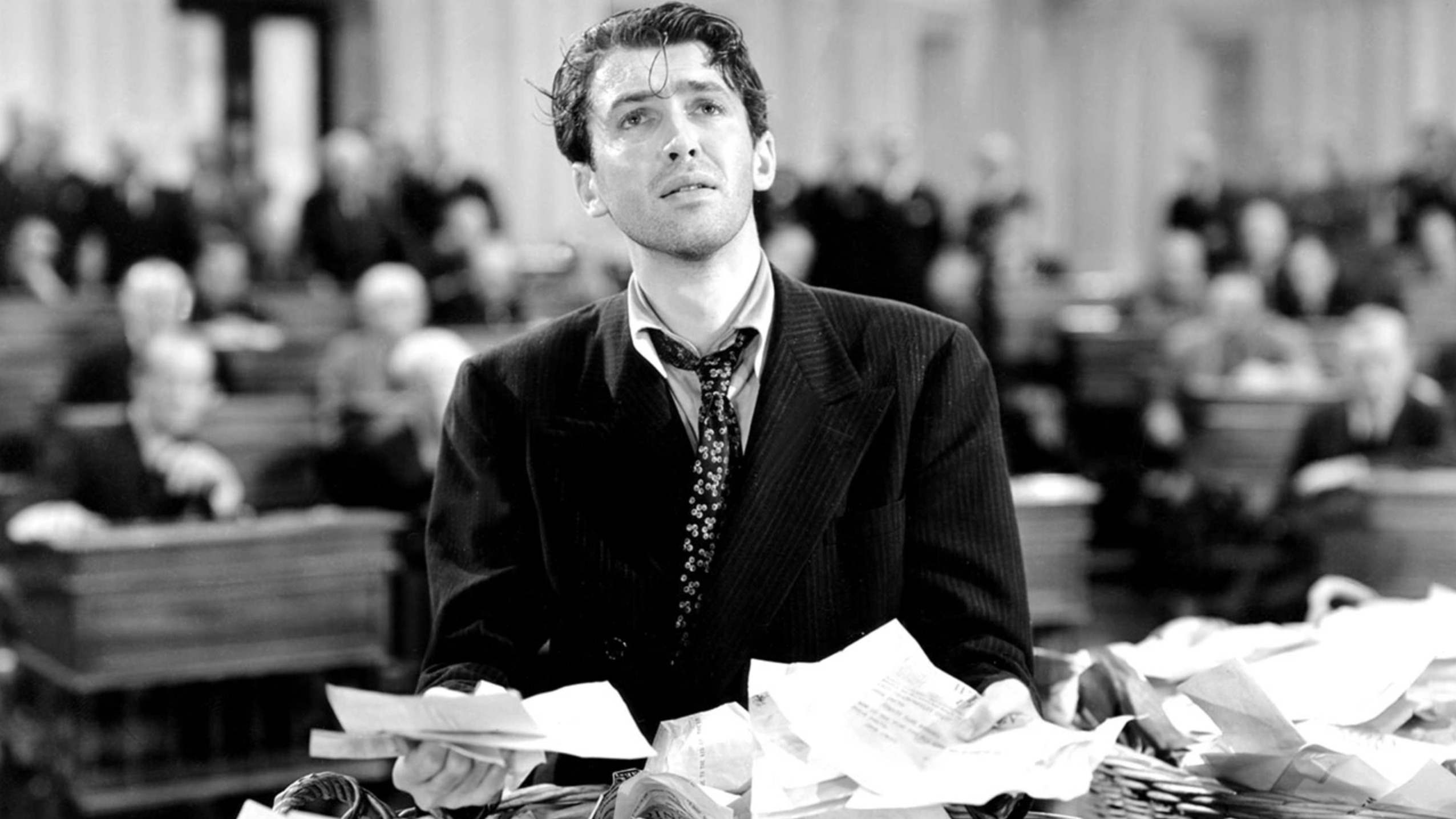
Jimmy Stewart
in Mr. Smith Goes to Washington.
Alas, my observations are not meant to be opinions on modern politics, but rather on how Coppola presented a sordid side of some of those in elected office. These days the whispered hints and allusions of yesteryear have been replaced by open, constant, and caustic accusations of civic malfeasance by anyone who holds an office—whether it is at the local motor vehicle bureau, the city council, or the President of the United States. These accusations have severely diminished the confidence we once had in our society and its structures. And that, sadly, is not something we see just on the silver screen but in our daily lives. I worry that those who wish to burn down the existing structures of our lives do not yet have anything better with which to replace them.
If you have not seen the first two parts of The Godfather, I would encourage you to do so. If you are already familiar with the story, it is one that is well worth revisiting for it has held up remarkably well over the years. And why not? We still very much enjoy Shakespeare and he wrote his stories, after all, over 400 years ago!
Stay Average!
![]()

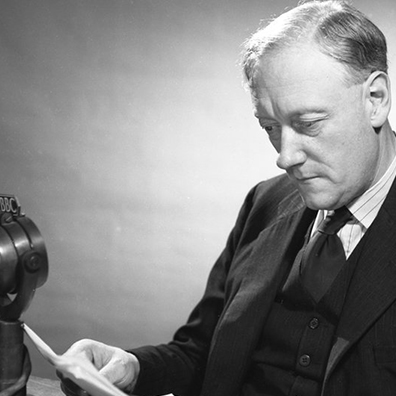
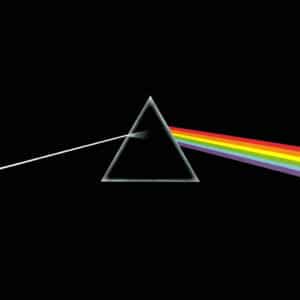
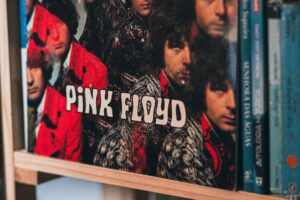

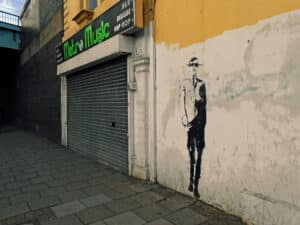

Enjoyable read! The swipe at Tom Hanks was irresistible I imagine.
Interesting and well written -as always.
Neal-
Great read. The Godfather 1 & 2 were fantastic. Brando and Pacino were obviously slam dunks in their roles. Personally, my favorite was Robert Duval, whose career I’ve been a huge fan of ever since.
One thing that hasn’t been mentioned is the very fine musical score in the film. It was composed by an Italian composer named Nino Rota, who composed the scores of most of Fellini’s films. The Godfather theme song is perfect in my estimation. Melodic, melancholy, and somewhat tragic. Very evocative and appropriate for the subject matter in the film.